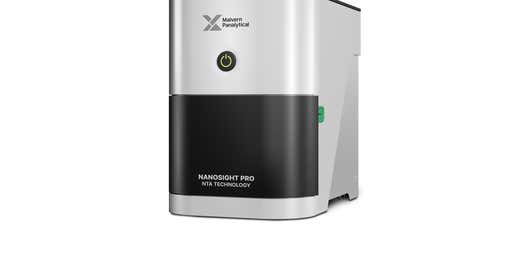Biological formulation development
Biophysical characterization for the stable formulation of biological molecules

Biophysical characterization for the stable formulation of biological molecules

As a protein-based drug transitions through the pipeline from discovery to development, it is important to achieve an optimal, robust formulation. This must be appropriate and effective for the molecule’s intended therapeutic use, and maintain its stability, conformation and efficacy during production, shipping and storage, for the whole of the desired shelf life.
The nature of biological materials means that their formulation as biopharmaceuticals presents specific challenges. Malvern Panalytical’s biophysical characterization tools are used to monitor protein conformation, predict thermal stability, and measure aggregate formation in response to formulation and storage conditions. They provide information that is critical to understanding the stability of biological molecules and accelerating biopharmaceutical formulation development.
In biological formulation development, the main objective is to find the solution conditions that offer the greatest level of stabilization to support a molecule’s higher-order structure and which will therefore enable the highest proportion of bioactive, native protein to be delivered. Denatured proteins tend to be more susceptible to irreversible chemical processes such as proteolysis, oxidation, and deamidation, which in turn can lead to inactivation and the risk of aggregation, which may result in undesired immunogenic effects.
During formulation development, the biomolecule is exposed to a range of conditions, including:
Biophysical characterization techniques are used to determine the optimal formulation conditions and to select the best formulations for further development.

Once a drug formulation enters clinical trials, it is subjected to long-term stability testing, including accelerated (forced) degradation studies. Extended submicron and subvisible particle characterization have important roles here in monitoring the constituents of the formulation over time. It is important to understand the origin and nature of particles and to determine whether they are inherent, intrinsic or extrinsic.
Biophysical characterization tools are used to monitor protein conformation, predict thermal stability, and measure aggregate formation in response to formulation and storage conditions. These tools include Differential Scanning Calorimetry (DSC), Dynamic Light Scattering (DLS), Size Exclusion Chromatography (SEC), and Nanoparticle Tracking Analysis (NTA).



